Environment
What Lurks Inside The World’s Most Polluted Waterways?
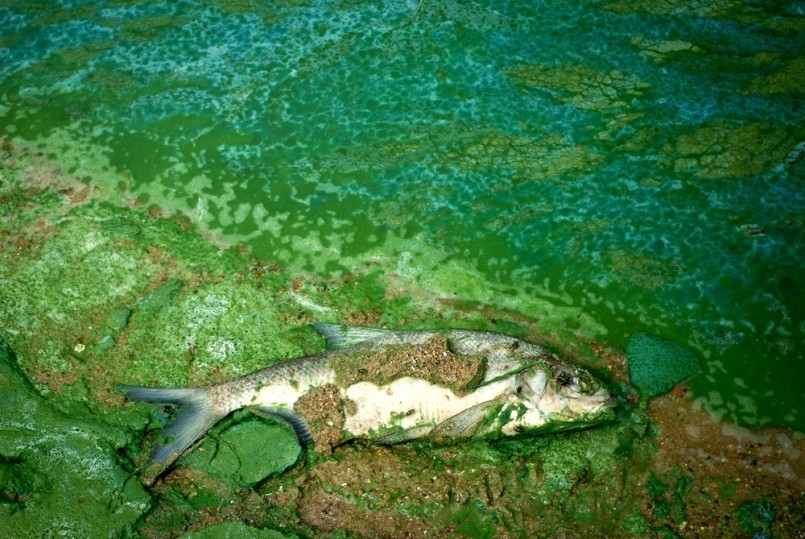
Image: Shutterstock/TSpider
What Lurks Inside The World’s Most Polluted Waterways?
Even if your nearby waterway doesn’t make this list of the world’s most polluted waterways, it’s probably suffering from pollution too. It’s easy to forget as you sit on a bench and watch the sunset over a scenic waterway that there’s far more to the body of water than you realize, particularly when it comes to rivers. The Yellow River is one of the most polluted rivers in the world and it stretches 3,395 miles, which means that the beginning and ending of the river look vastly different.
In a world where clean drinking water is scarce, it’s crucial to protect our rivers and other polluted waterways. The world’s most polluted waterways may take you by surprise as to just how tragic of a state they’re in, but that does not mean they’re lost causes. They just simply need to be cleaned up. It also doesn’t mean that a polluted river has to look bad in order for it to be polluted. Many people have no idea that the Mississippi River is one of the world’s most polluted waterways.
The world’s most polluted waterways are contaminated with synthetic waste, including everything from sunscreen and birth control pills to pesticides and petroleum. Everything you pour down the drain eventually ends up in the ocean, including paint and toxic cleaning supplies. Fresh water is also the end point for biological waste, like human sewage, animal excrement, and rainwater runoff containing fertilizers from yards and farms. An average of 99 million pounds of fertilizers and chemicals are used annually, and they’re likely to end up in our fresh water. Vegetated roofs and rooftop gardens aim to catch stormwater to prevent polluted runoff from going into these fresh waterways, but these roofs are few and far between. Each day two million tons of human waste are disposed of in waterways around the world. When these contaminants meet the ocean, they create coastal ocean zones void of oxygen, and therefore void of aquatic life.
The developed world has taken steps to keep industry and agricultural operations from sending pollutants into fresh waterways, and these countries have also created filtration and water treatment centers for the purpose of safe drinking water. But the underdeveloped world does not have the means to these resources. In developing countries, 70% of industrial wastes are dumped into the water.
Curious which fresh waterways are in the worst conditions? Here are the world’s most polluted waterways.
Ganges River
The Ganges River is the most sacred river in Hinduism, but also likely at the top of the list of the world’s most polluted waterways. In Hinduism culture, the Ganges River is said to cleanse people of their sins, leading people to bathe in it regularly. Even worse, people swear by its healing powers and actually drink the water without any boiling or filtration. The Ganges River is home to about 400 million people who dump their waste into the river while also using it for drinking, bathing and cooking, leading to waterborne illness. Those who can’t afford cremation will even throw corpses into the river. The Ganga Action Plan began in 1985 to begin cleaning up the river and would’ve been one of the greatest anti-pollution efforts in the world, but unfortunately it was enormously underfunded.
Yellow River
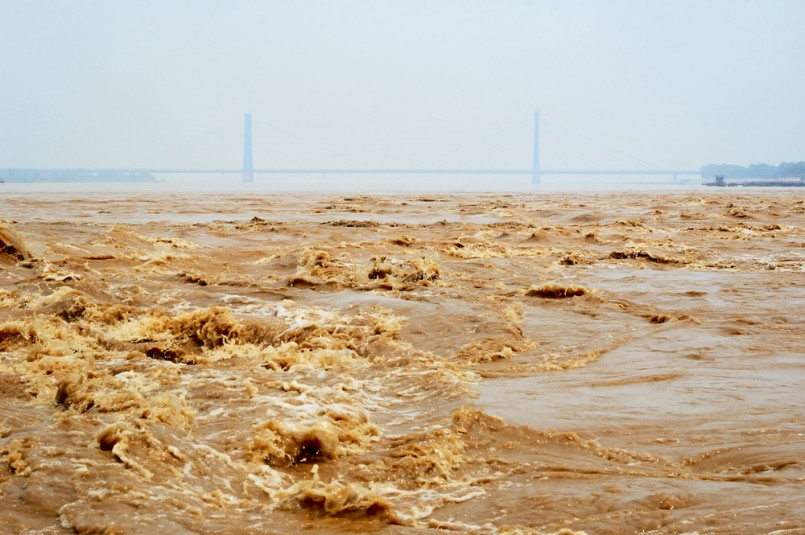
Image: Shutterstock/zhuda
The Yellow River got its name from a yellow sediment known as loess. While the river itself is essential to the well-being of China, flooding of the river can kill millions of people. The water also happens to be so badly polluted that it can’t even be used for agriculture. More than four billion tons of sewage is dumped into the river each year. With China’s increasing industrialization, the river has also become a toxic waste dump, turning the river more colors than just yellow. For the Yellow River to heal, the Chinese government will need to take action to stop cities and industries from dumping waste into the river.
Doce River

Image: Shutterstock/lucas nishimoto
The Doce River means “sweet water,” but the water is nowhere near owning up to its name. The river runs 530 miles through southeast Brazil, providing water to the largest steel-making region in Latin America. When two containment dams broke in November 2015, 60 million cubic meters of iron ore sludge spilled into the Doce River, killing at least seventeen people and injuring many others. The heavy metals wiped out the aquatic life in the river, ruining the lives of fishermen. The once-sweet river was used for drinking water, but now people have no choice but to use bottled water.
Citarum River
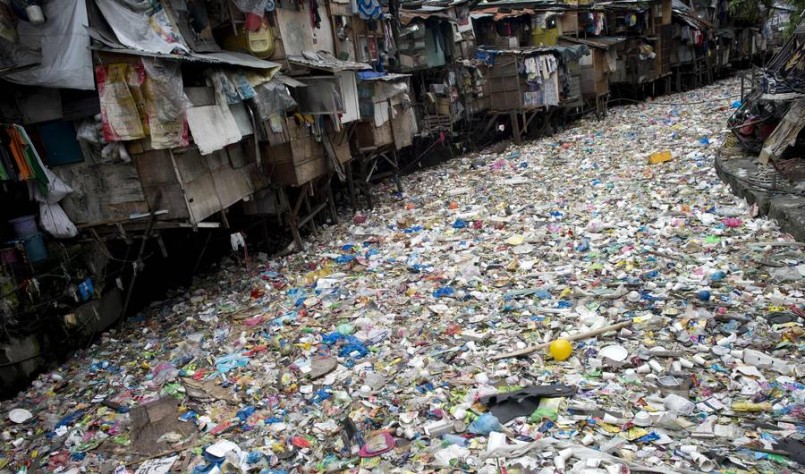
Image: Rude Feed
The Citarum River in West Java, Indonesia runs through a basin that’s home to millions of people who use the waterway for drinking, fishing, agriculture and industrial applications. The thousands of factories lining the river routinely dump their waste into it without cleaning the water first. While they’re supposed to clean their waste first, these factories are rarely monitored or prosecuted for breaking this rule. The lead pollution in the river is 1,000 times the acceptable level set by America’s EPA. Recently the Asian Development Bank loaned Indonesia $500 million within fifteen years for the purpose of cleaning up the Citarum River. But the pollution continues due to how many people and factories use the water. Perhaps it would take billions for any kind of difference to be made.
Mississippi River
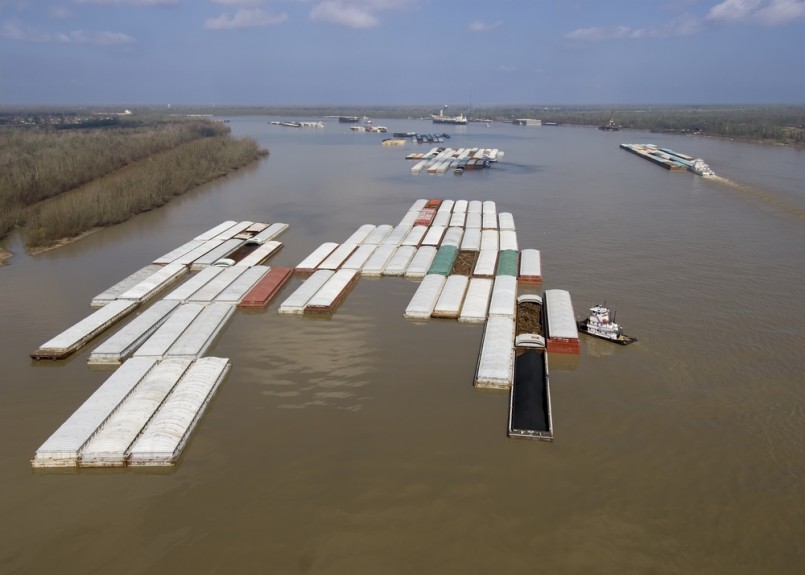
Image: Shutterstock/Ed Metz
When compared to rivers that look blatantly polluted, the Mississippi River could easily go by unnoticed, but it is one of the world’s most polluted waterways. In fact, the river earned its nickname the Big Muddy due to its brown color as a result of sediment. But the river has also been called the Colon of America because of how contaminated it is. While sewage is a big player in the river’s pollution, the damage primarily comes from agricultural pollutants. At the mouth of the Mississippi in the Gulf of Mexico lies a dead zone of 6,000-8,000 square miles, which was caused by nitrogen-based fertilizer run-off. If agricultural run-off, namely nitrogen and phosphorus pollution, were included under protocols set by the Clean Water Act of 1972, this would prevent the Mississippi and other rivers from being so devastatingly polluted. Rather than change the Act, the EPA urged states to make the first move.
Sarno River
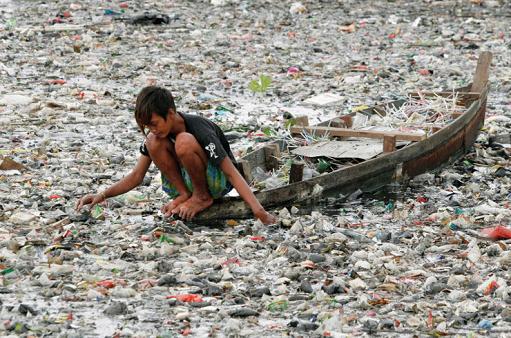
Image: Ohneka Farms
The Sarno River in southern Italy is the most polluted in Europe, but the continent itself contains almost entirely polluted rivers. The start of the river near Mt. Sarno is pristine, but as you travel downstream the river gets increasingly polluted. The lower portion of the river is completely covered in oily scum and chemical foam. Industrial and agricultural waste, along with urban garbage contribute to the river’s contamination. It’s also the primary source for polycyclic aromatic hydrocarbons (PAHs) in the Bay of Naples. And PAHs are the greatest source of organic pollutants. Dredging began on the Sarno in the early 2000s in an effort to clean up the river.
Marilao River
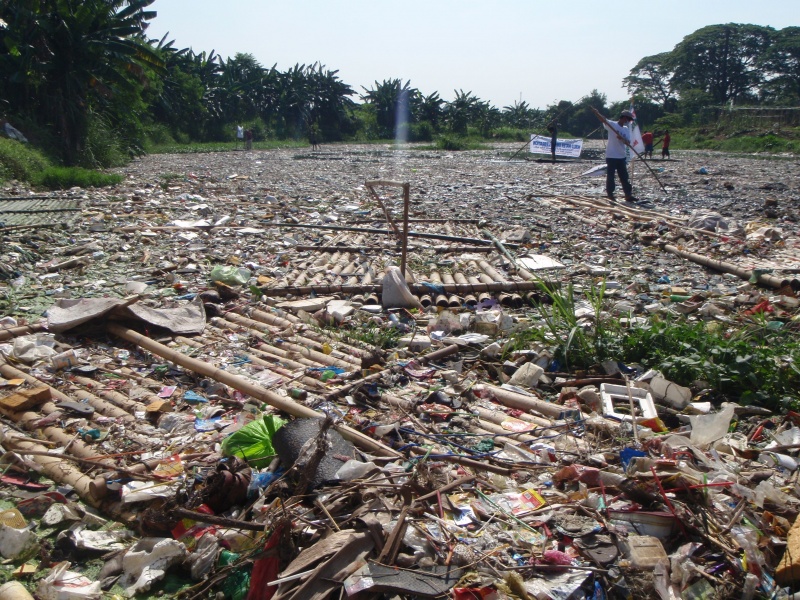
Image: Zamboanga
The Marilao River runs through Bulacan Province in the Philippines and empties into Manila Bay. Pollutants range from tanneries, textiles factories, piggeries, gold refineries and municipal dumps. The shockingly high levels of toxic chemicals and heavy metals create a major health hazard, and in some places along the river there is virtually no dissolved oxygen. As a result, the Marilao River is considered one of the fifty dead rivers in the Philippines.
Buriganga River
The Buriganga River is located in Bangladesh, which is one of the world’s most densely populated countries. Chemical waste from textile mills and various factories, domestic garbage, rotting fruit and vegetables, medical waste, sewage, dead animals, plastics and petroleum all pollute the Buriganga River. The city of Dhaka dumps 4,500 tons of solid waste into the river daily, and about 80% of the sewage is untreated. Aside from its ghastly appearance, the foul smell of the river and absence of aquatic life make it one of the worst of the world’s most polluted waterways. Faster water flow would help clean up the river, but the glaciers of the Himalayas, where the river begins, are shrinking due to climate change.
Cuyahoga River
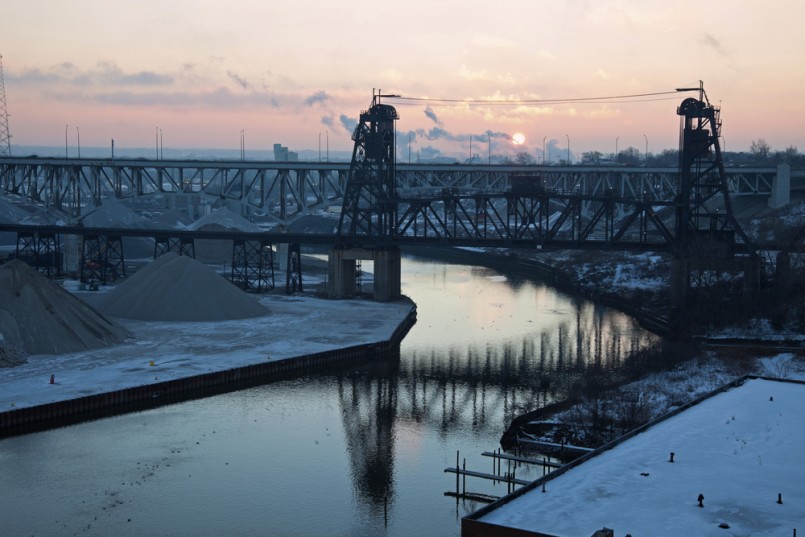
Image: Shutterstock/Henryk Sadura
The Cuyahoga River is in such a dire state that it has even caught on fire several times since 1868 (most recently in June 1969). The river flows through Cleveland, Ohio making it subject to various pollutants like industrial waste. But the condition of the Cuyahoga River spurred an ecological movement in the late 1960s with a motto, “Ecology Now,” and eventually led to the passage of the Clean Water Act of 1972. The river has made minor progress and today some aquatic life survives in its waters, but it is still one of the forty-three Great Lakes Areas of Concern.
Matanza-Riachuelo River (MRR)
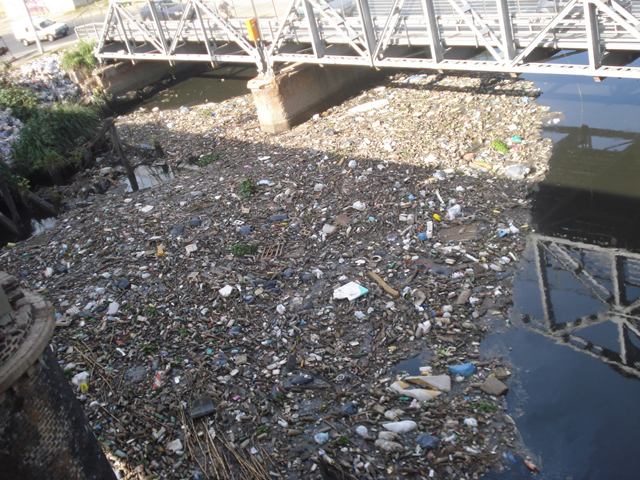
Image: Desdemona Despair
The MRR is located in the Buenos Aires Province of central-eastern Argentina and was given the nickname Slaughterhouse River, because many slaughterhouses and tanneries line the banks and dump their effluent into the river. This pollutes the waterway with toxic chemicals and heavy metals, such as arsenic, chromium, mercury, zinc, lead and copper. Raw sewage and household garbage also contribute to the river’s polluted state. When President Carlos Menem designed a project in 1993 to spend $250 million on river clean-up, only one million was spent and the rest was allocated to other projects and pilfered by politicians. The MRR is easily one of the world’s most polluted waterways.

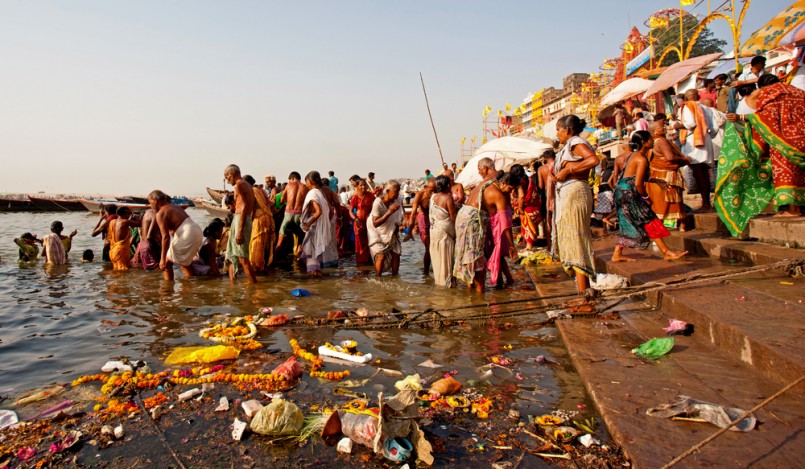
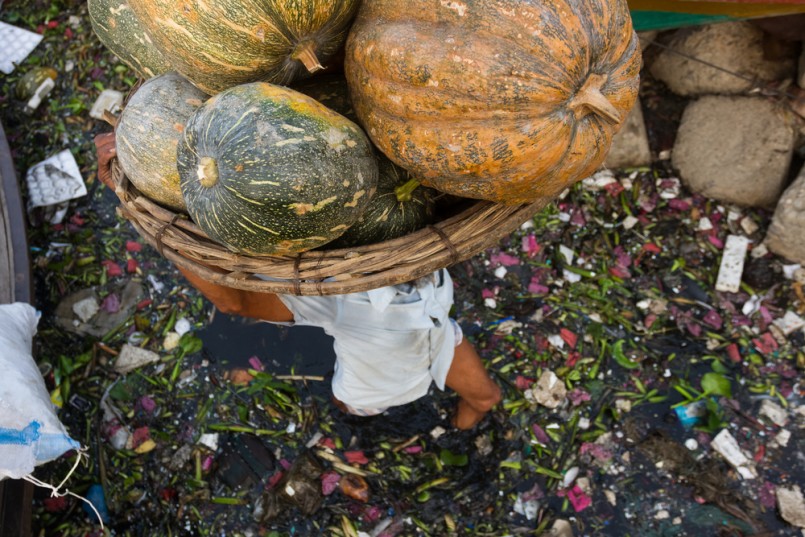

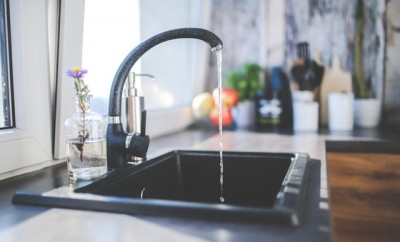
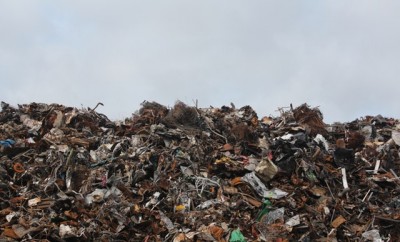

0 comments